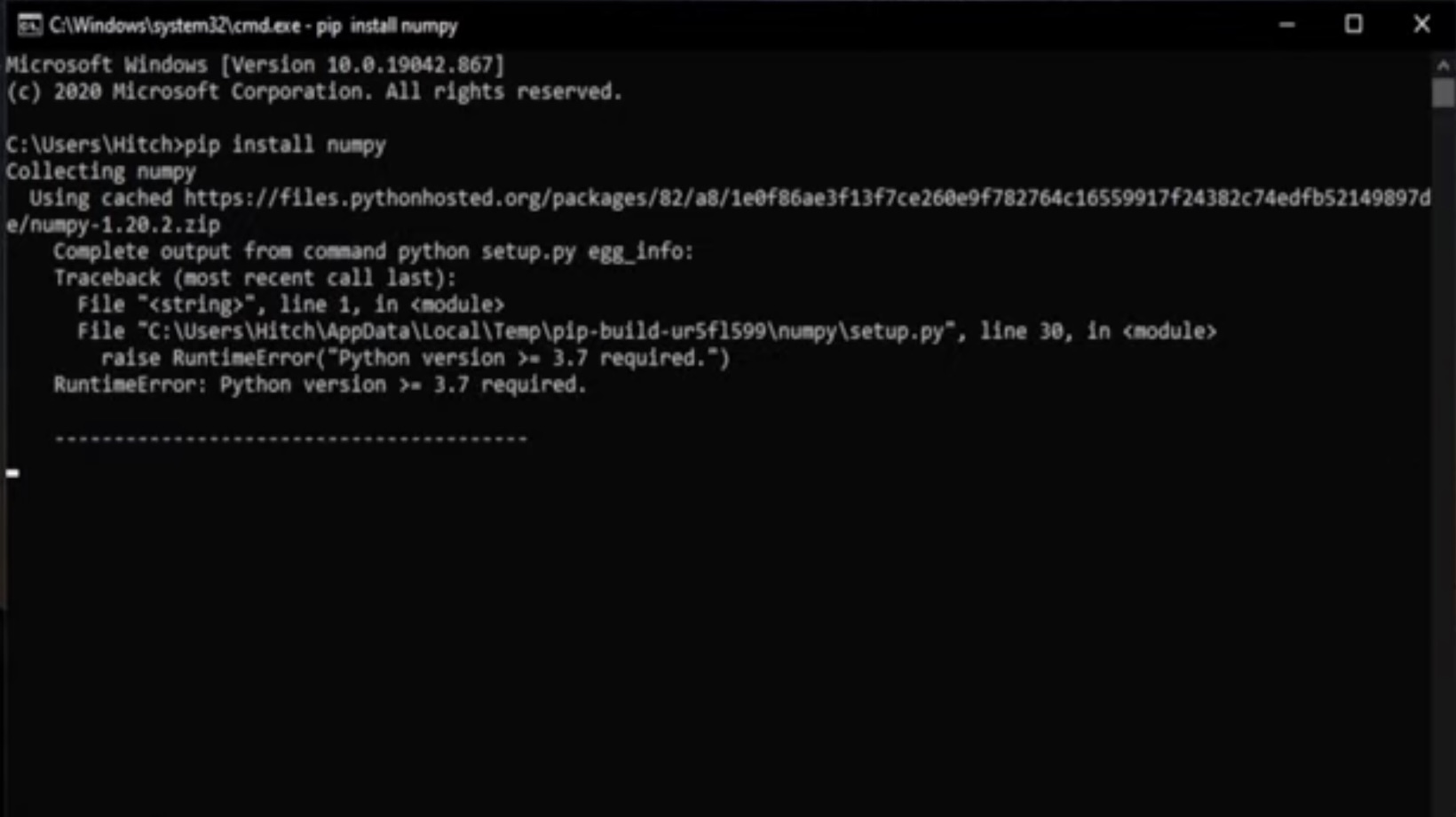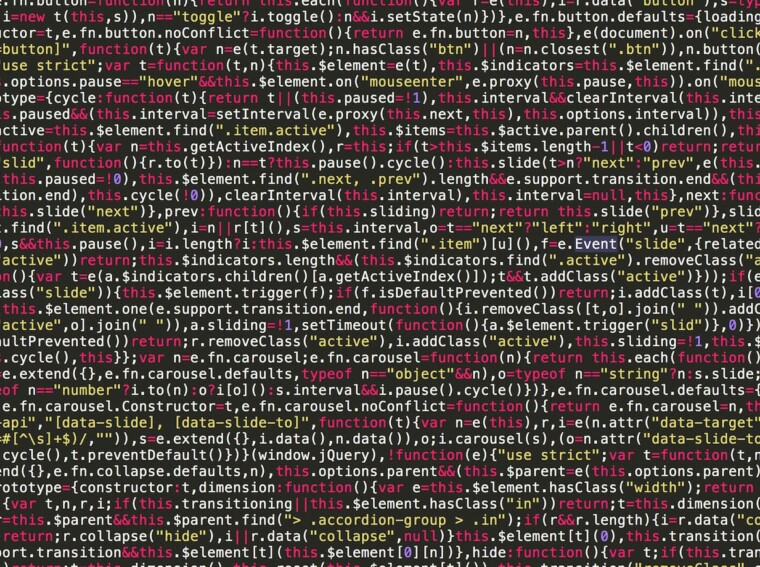What is the “python setup.py egg_info” command?
Python is not just a language; it’s an ecosystem. It has a vast array of libraries and tools to simplify our coding process. One such tool is setuptools, a Python library designed to facilitate packaging Python projects. Egg_info is a part of the setup process in setuptools wherein metadata for the package is generated.
For instance, by running the command python setup.py egg_info. It’s the backbone of packaging; it collects and produces all the necessary metadata for the package. This includes the project’s name, version, author, URL, and more.
This might sound straight forward, but trouble can arise leading to the troublesome error message in our sights.
Python Setup.py Egg_Info Did not Run Successfully
Now that we’ve looked at what egg_info entails, let’s understand why we might be encountering the notorious python setup.py egg_info did not run successfully.
- Outdated setuptools version: Setuptools is actively maintained and frequently updated. If we’re using an older version, we might hit some incompatibility issues causing the command to fail.
- Corrupted Python Installation: A corrupt Python installation could be the cause of our woes. This could be due to an incomplete installation, accidental file deletion or interference with other installed software.
- Insufficient system resources: Python and setuptools require specific resources to run smoothly. If resources like memory space are packed, it might hinder the smooth running of a setup command.

Troubleshooting the Issue
Now that we’ve clearly outlined what the “python setup.py egg_info” command is and why you might be running into the associated error during your Python development, it’s time to dive into some possible fixes.
Checking for Missing setup.py File
The first stage in troubleshooting this issue is to ensure that the setup.py file indeed exists in your project directory. The “python setup.py egg_info” process largely revolves around this file; hence, a missing or misnamed setup.py could potentially trigger the error message. Using your terminal or command-line interface, navigate to your project directory and ensure the setup.py file exists.
Verifying setuptools Installation
Next, revisit your setuptools installation. The error may surface if your setuptools installation is corrupted or not installed at all. You can verify your setuptools installation by running the command ‘import setuptools’ in your Python environment. A corrupted or missing installation will throw an ImportError.
Updating setuptools and pip
The development world moves quickly, and so do the versions of various tools. Something we often forget about in this fast-paced environment is updating our tools. In many cases, simply updating setuptools and pip can resolve the error in question. It’s recommended to regularly check for setuptools and pip updates to prevent such hiccups in your development process. You can update setuptools and pip via ‘pip install –upgrade setuptools pip’.
Resolving Dependency Conflicts
Sometimes, the problem could be lying within another Python packages your project is dependent upon. For instance, conflicting dependencies between packages can throw the error. Systematically upgrade, downgrade, or uninstall the conflicting packages as necessary. Tools like pipdeptree can assist in spotting such dependency conflicts. Remember, comprehensively testing your project after each change will help confirm if this was indeed the cause of the issue.
There’s never a one-size-fits-all solution with these errors, which means it’s definitely a journey of trial and error. But with the right understanding and approach, the path to resolution becomes clearer.


